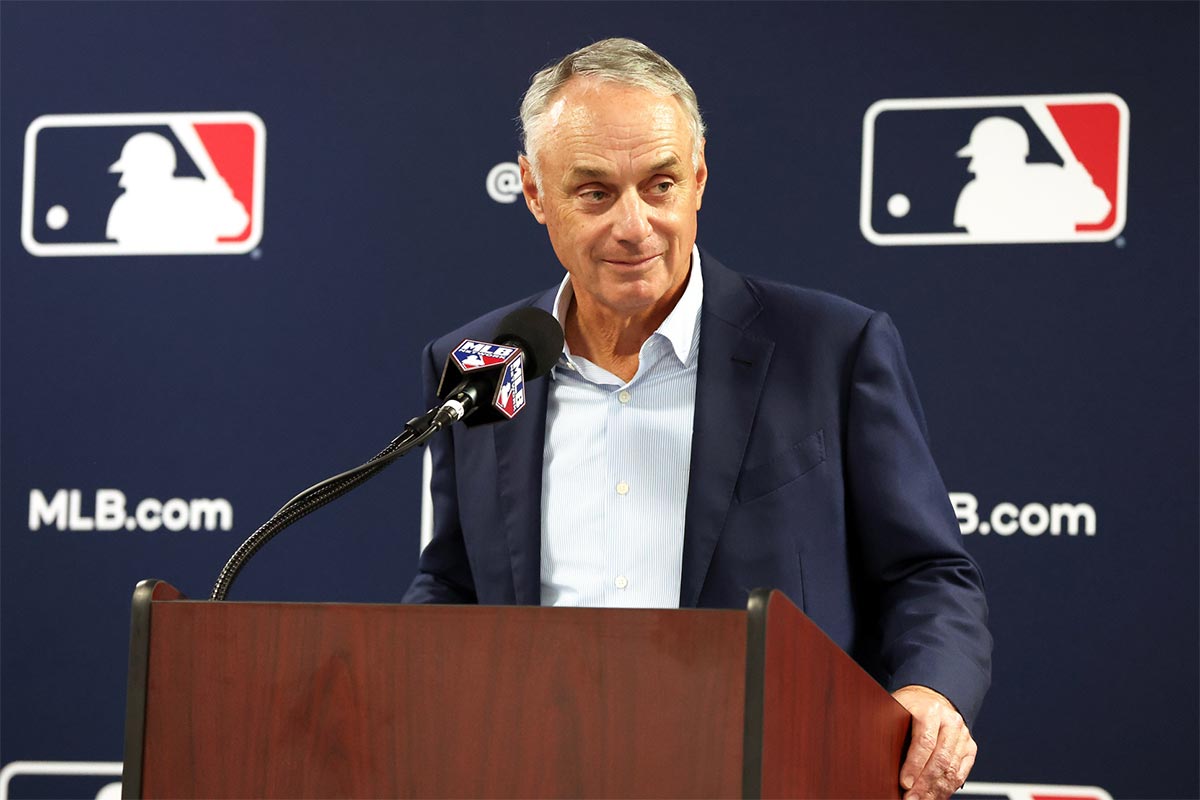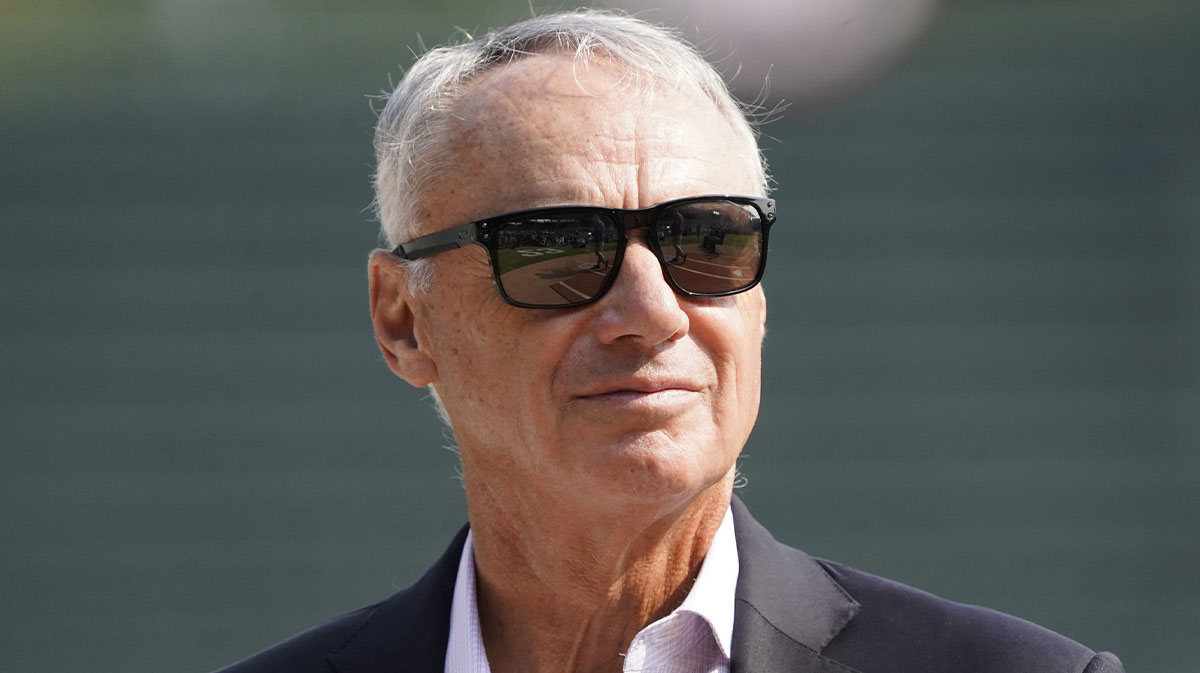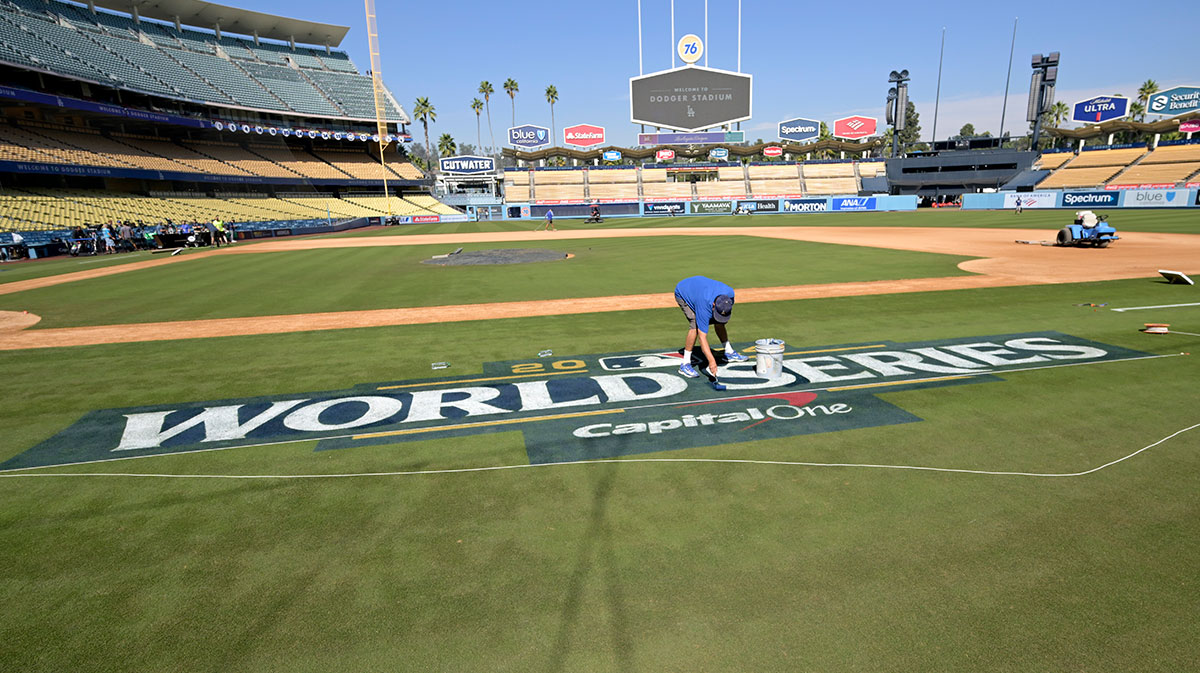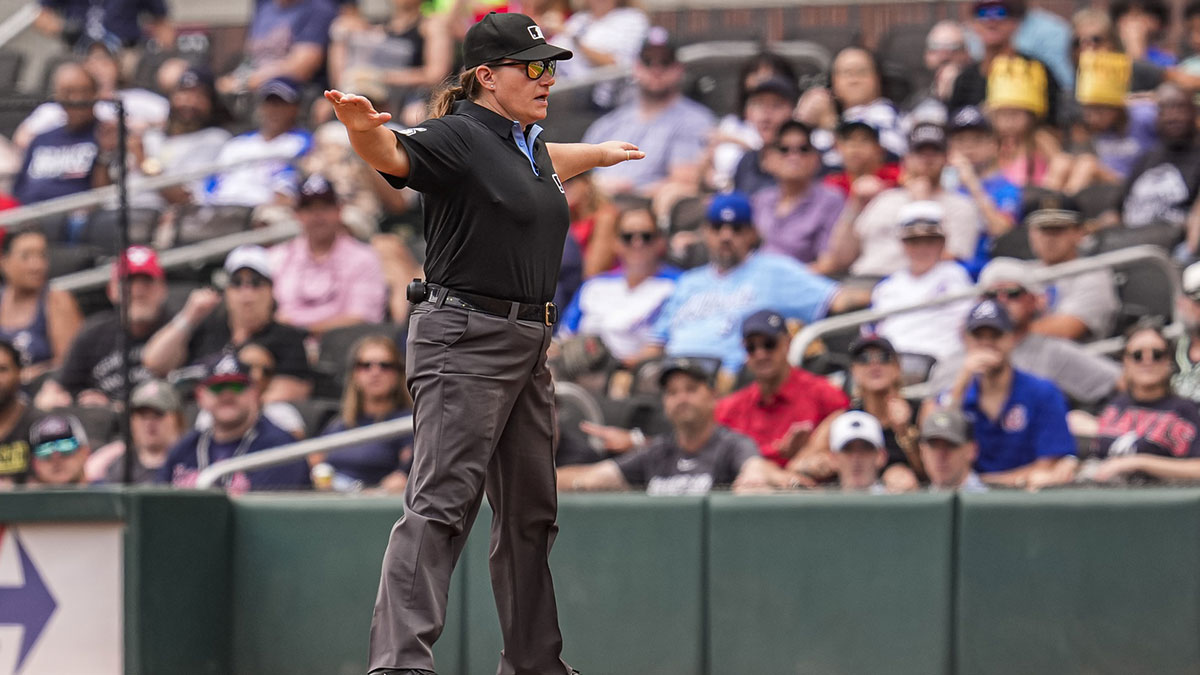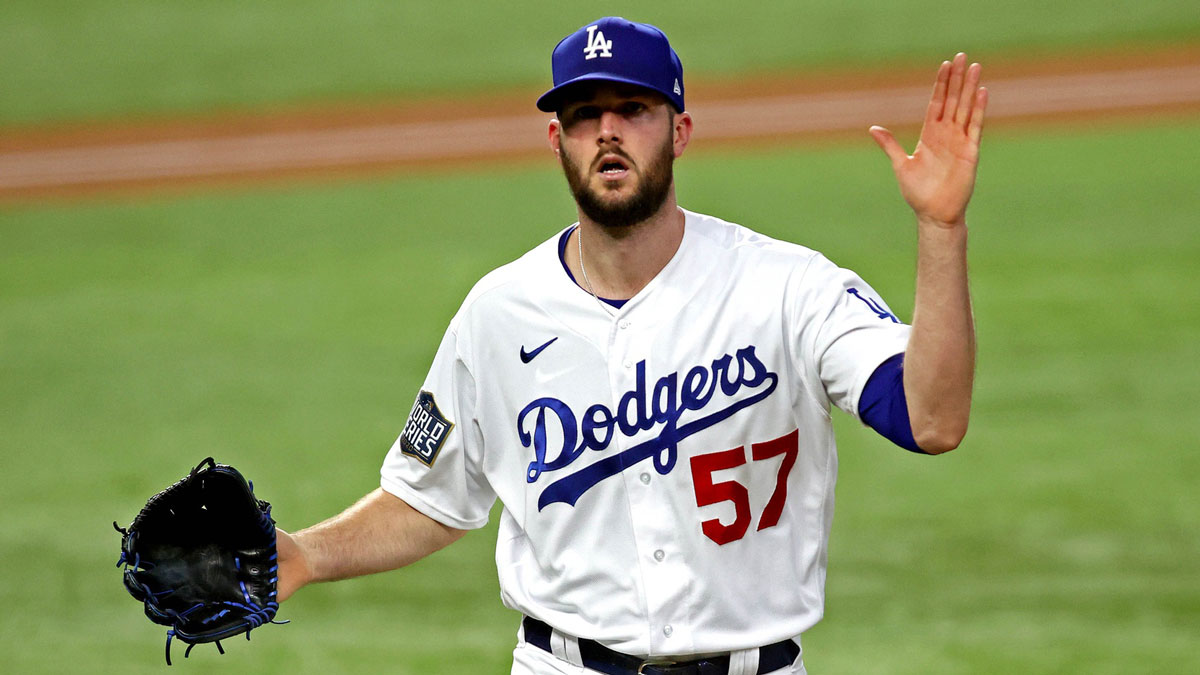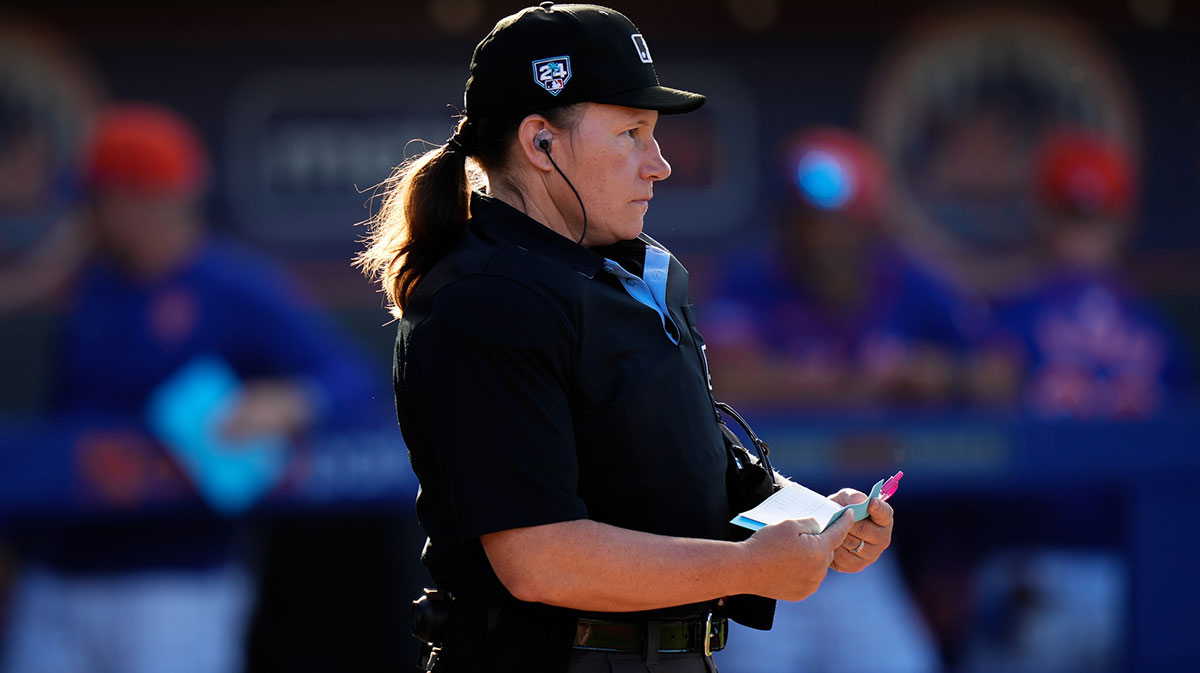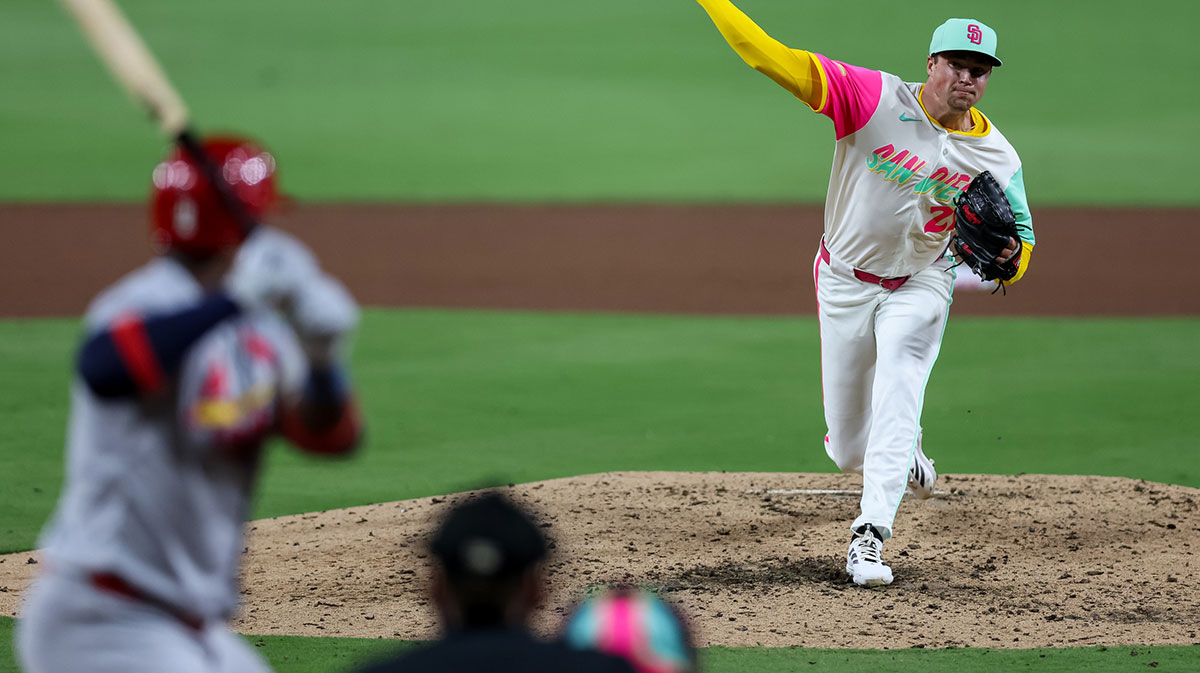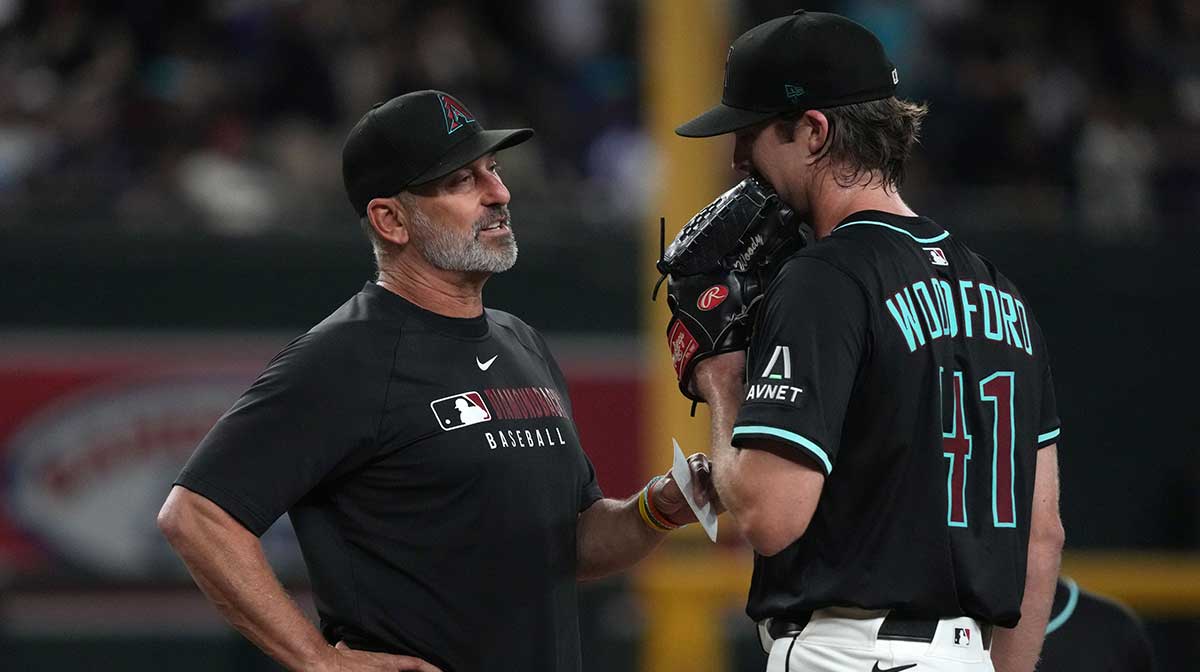Major League Baseball’s 162-game schedule could soon be a thing of the past. In a report from Jayson Stark of The Athletic, a club official suggested that expansion would bring an end to what has long been considered the standard season length.
“One club official we spoke with this week casually referred to baseball’s current 162-game slog as ‘an endangered species,’” Stark wrote.
Another executive, granted anonymity to speak freely, was even more direct.
“Expansion,” he said, “means the end of 162.”
The current format has been in place since 1961 in the American League and 1962 in the National League, when both leagues expanded to 10 teams. But with MLB looking toward its next phase of growth, Stark reported that officials see a 156-game model as the likely replacement.
Proposed 156-game model offers scheduling balance amid MLB expansion talks

He outlined how such a schedule could work:
“12 games apiece versus the other three teams inside the division. That’s 36 games.
Six games apiece versus the other 12 teams in your league. That’s 72 games.
Are you adding along at home? No need. That gets us to 108 games. Where do the last 48 games come from?
Three games apiece versus the 16 teams in the other league. Now we’re at 156. Bingo.”
The 156-game proposal also lines up with a basic scheduling framework. According to Stark, the “ideal schedule” is built around two series per week for 26 weeks, totaling 52 series. With 32 teams, expansion would allow a format of 52 three-game series, creating a season of 156 games.
Potential expansion cities remain a subject of speculation. Stark reported that MLB has eyes on Nashville and Salt Lake City, though he cautioned nothing is finalized.
“Probably Nashville and Salt Lake, but that’s not a lock. When? Sometime after the Rays and A’s get settled into their next homes, which could be anywhere from 2029 to 2089. How much is it worth? Billions, but maybe not enough billions to convince the skeptics.”
Franchise uncertainty and new markets shape MLB’s expansion outlook
Tampa Bay and Oakland are already preparing for significant moves. The Athletics have announced plans to relocate to Las Vegas, but the Rays’ situation remains unsettled. Although the club had previously moved forward with plans for a $1.3 billion stadium in St. Petersburg, ESPN reported in March that the organization will not proceed with the project due to costly delays and concerns over hurricanes. For now, the Rays are expected to remain in Tampa for the foreseeable future.
Other cities are also pushing for consideration. Orlando businessman Pat Williams has spearheaded the “Orlando Dreamers” project, aiming to bring baseball to central Florida. The Portland Diamond Project has been active in lobbying for a franchise in Oregon, while Montreal remains a city of interest given its history as home to the Expos before the team relocated to Washington, D.C., in 2005.
An expansion would be MLB’s first since 1998, when the Arizona Diamondbacks and Tampa Bay Devil Rays joined the league. The addition of two teams would create a 32-club structure, balancing the schedule and divisions while providing billions in new franchise fees.
While no timeline has been finalized, the shift away from 162 games appears increasingly likely if expansion proceeds. As one executive put it, the era of the full-length grind may soon give way to a new format designed to balance competitive play, scheduling efficiency and future growth.
